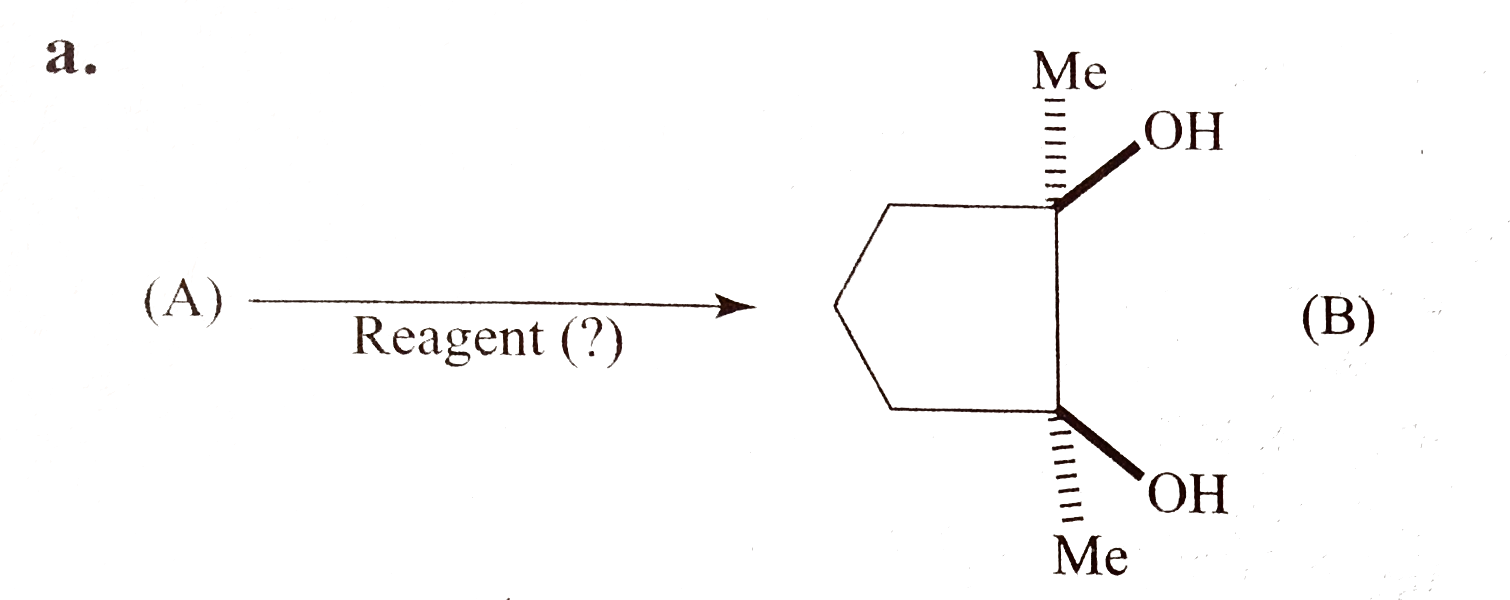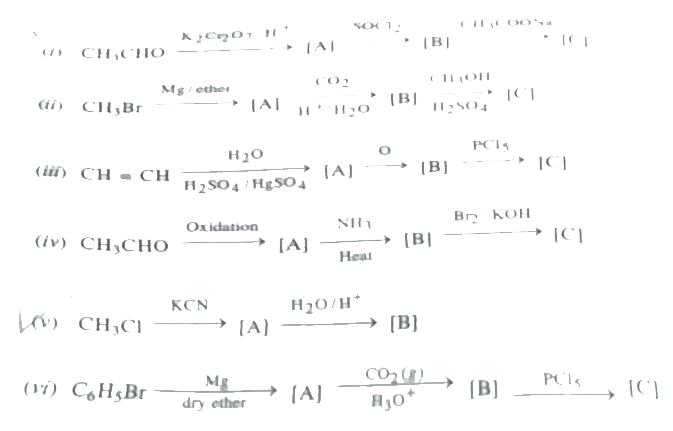Complete the following the following missing reagents :
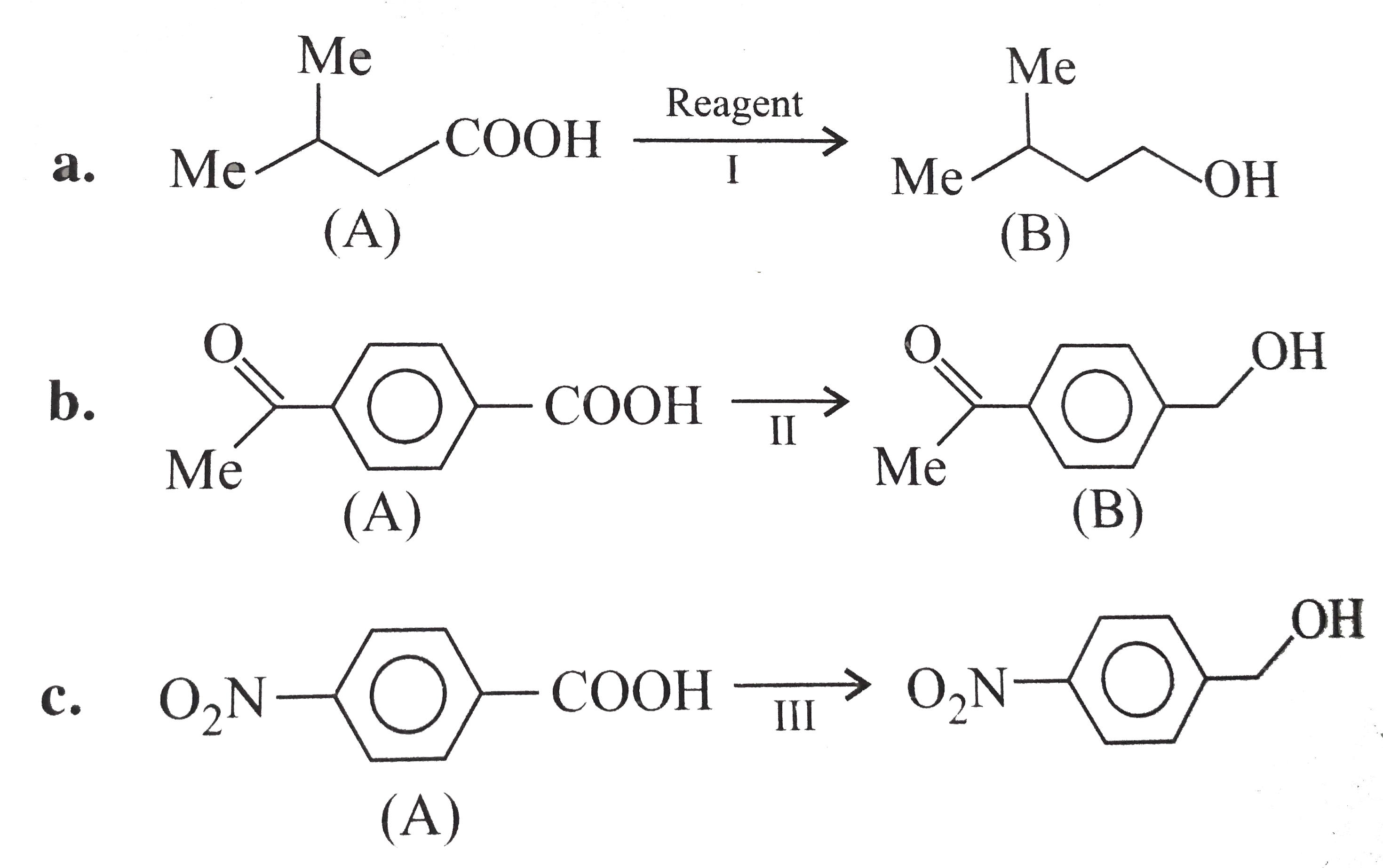
(b) 
( c) 
(d) 
( e)  .
.
Video Solution
Text Solution
(a) Reagent (I):LAH or B2H6/THF.
(b) Reagent (II):B2H6/THFLAH reduces (C=O) more readily than (COOH), i.e., reduces both groups.
( c) Reagent (III):B2H6/THF,LAH reduces both (NO2) and (−COOH).
(d) Reagent (IV):LAH,B2H6 rapidly reduces alkemes to alkanes.
But LAH also reduces conjugated double bond, i.e., if (Ph) group is present at the β−position of the double bond.

( e) Reagent (V):B2H6/THF,LAH also reduces halides to alkanes, whereas B2H6 does not.
|
Topper's Solved these Questions
- CARBOXYLIC ACIDS AND THEIR DERIVATIVESBook:CENGAGE CHEMISTRYChapter:CARBOXYLIC ACIDS AND THEIR DERIVATIVESExercise:Solved Examples
Explore 17 Videos
- CARBOXYLIC ACIDS AND THEIR DERIVATIVESBook:CENGAGE CHEMISTRYChapter:CARBOXYLIC ACIDS AND THEIR DERIVATIVESExercise:Exercises (Subjective)
Explore 19 Videos
- BIOMOLECULES, POLYMERS AND CHEMISTRY IN EVERYDAY LIFEBook:CENGAGE CHEMISTRYChapter:BIOMOLECULES, POLYMERS AND CHEMISTRY IN EVERYDAY LIFEExercise:QUESTION BANK
Explore 8 Videos
- CHEMICAL KINETICSBook:CENGAGE CHEMISTRYChapter:CHEMICAL KINETICSExercise:Archives Subjective
Explore 23 Videos
Similar Questions
Knowledge Check
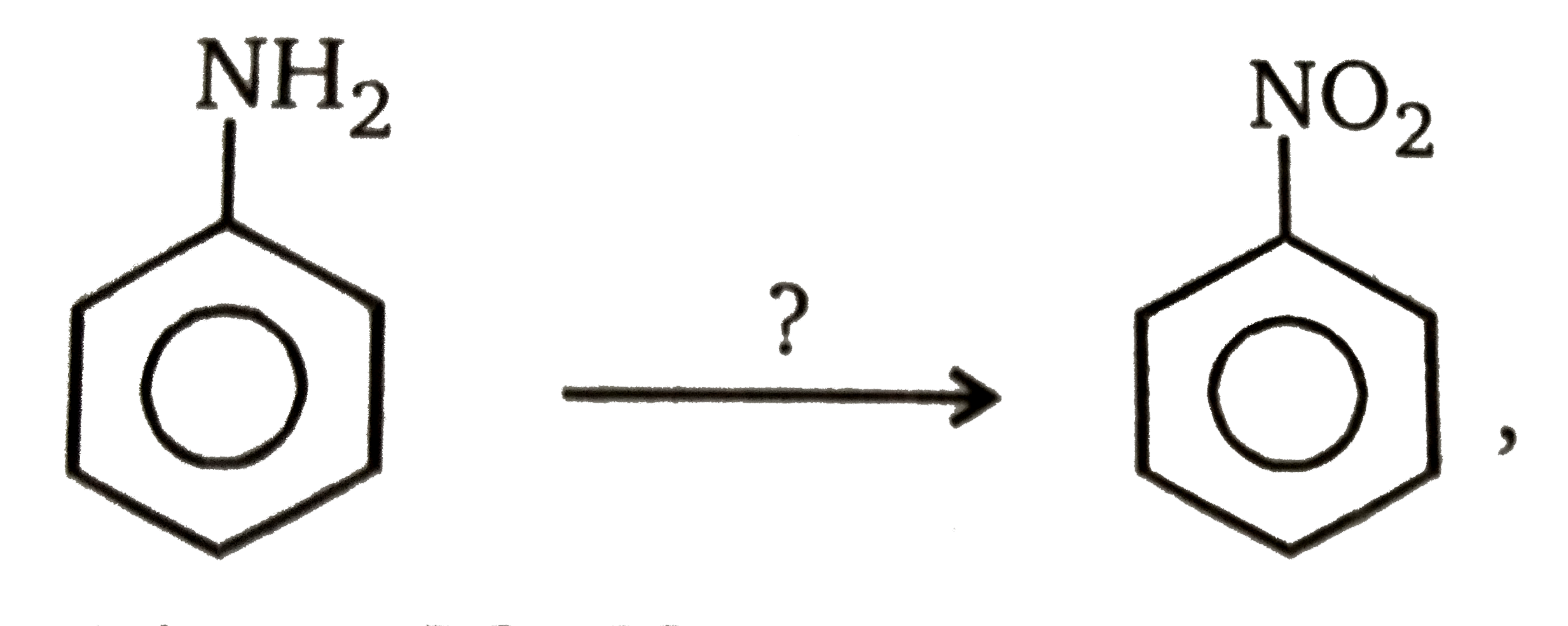 , the missing reagent is:ACF3CO3HBH2SO4CLAHDNaBH4
, the missing reagent is:ACF3CO3HBH2SO4CLAHDNaBH4
Complete the following with apporopriate reagent:

View SolutionComplete the following reaction with appropriate reagents :
_E01_955_Q01.png)
View SolutionComplete the missing reactants :
(a)
(b)
( c)
(d) .
.
View SolutionComplete the following reactions :
(a)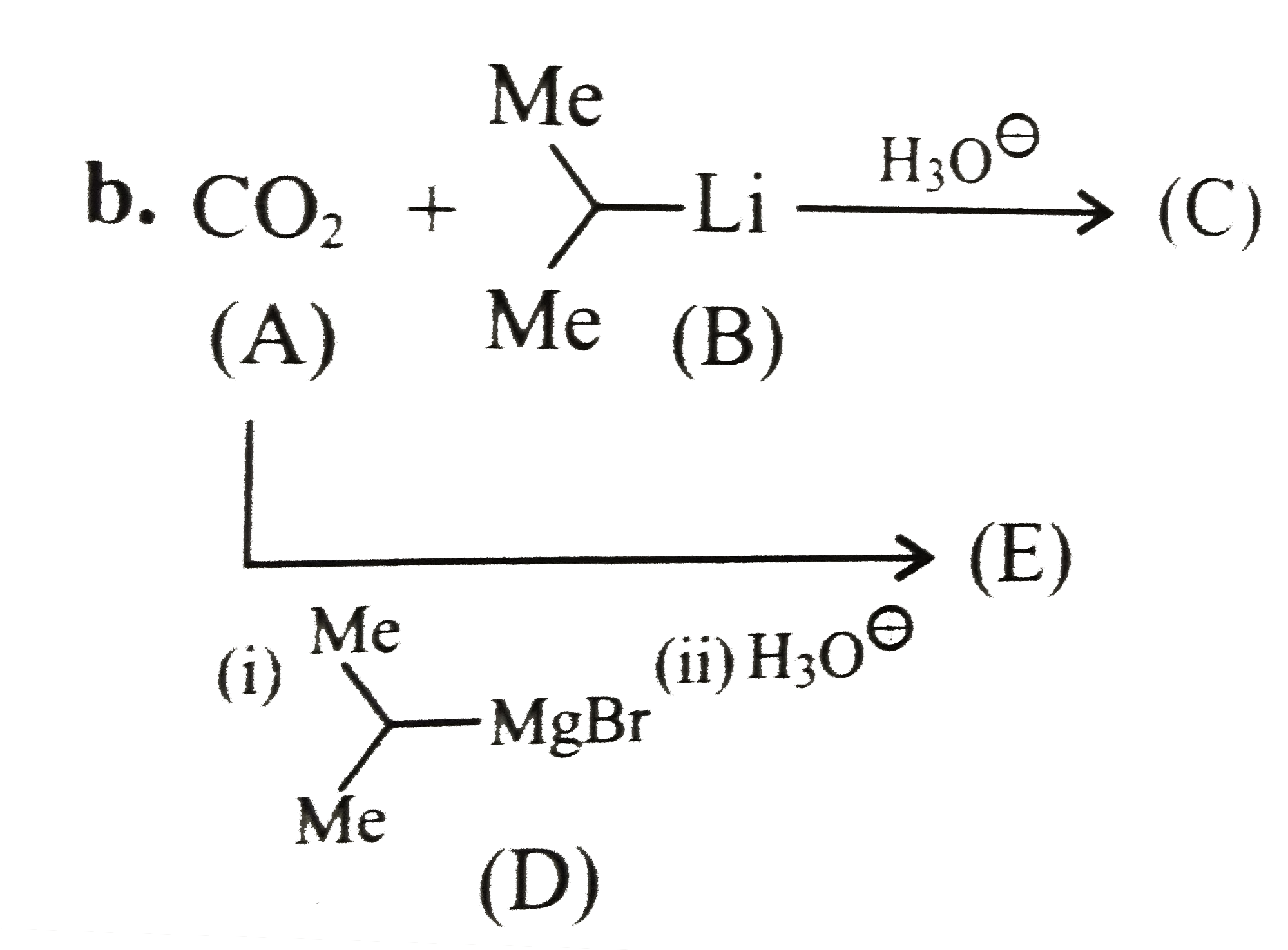
(b)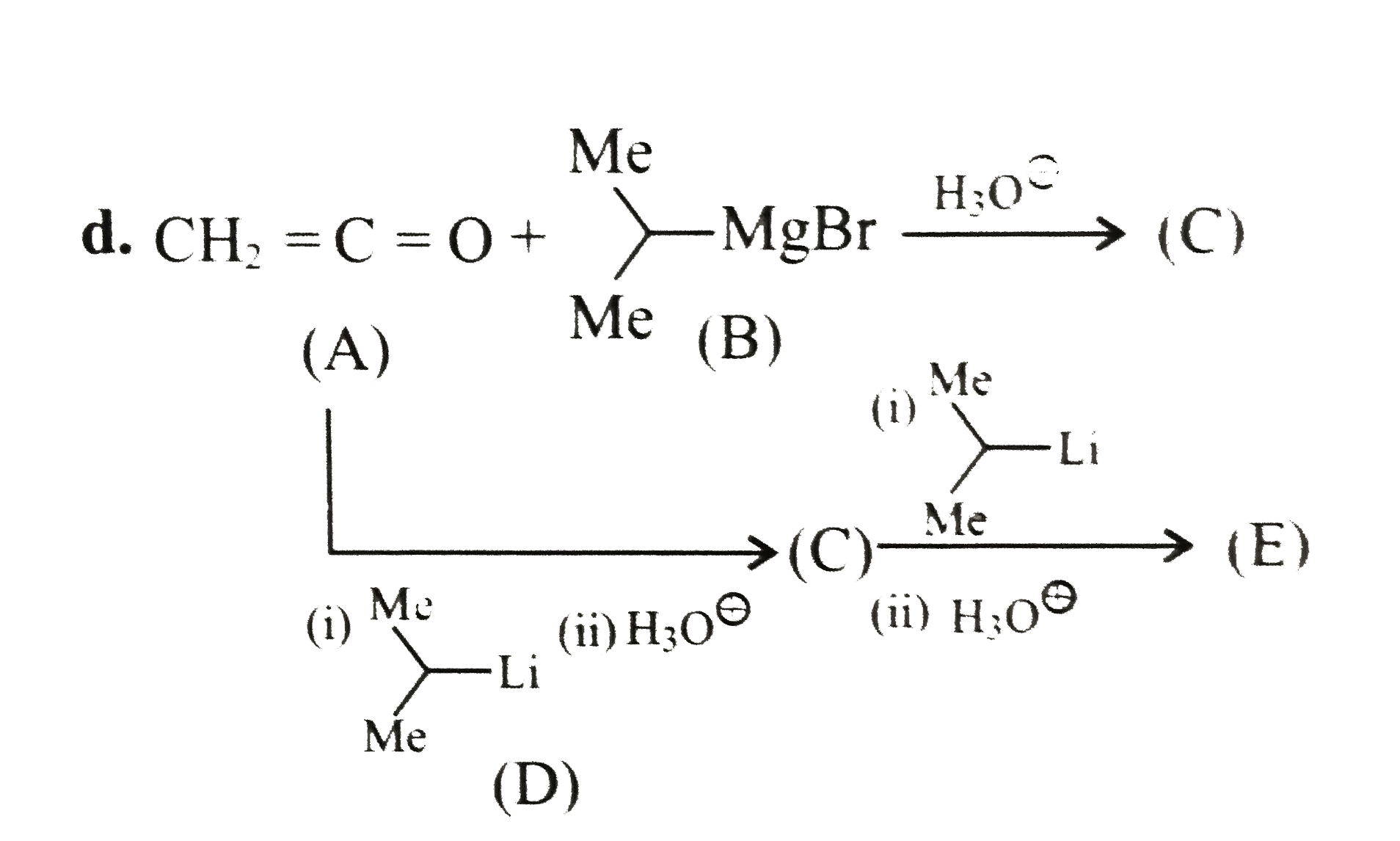
( c)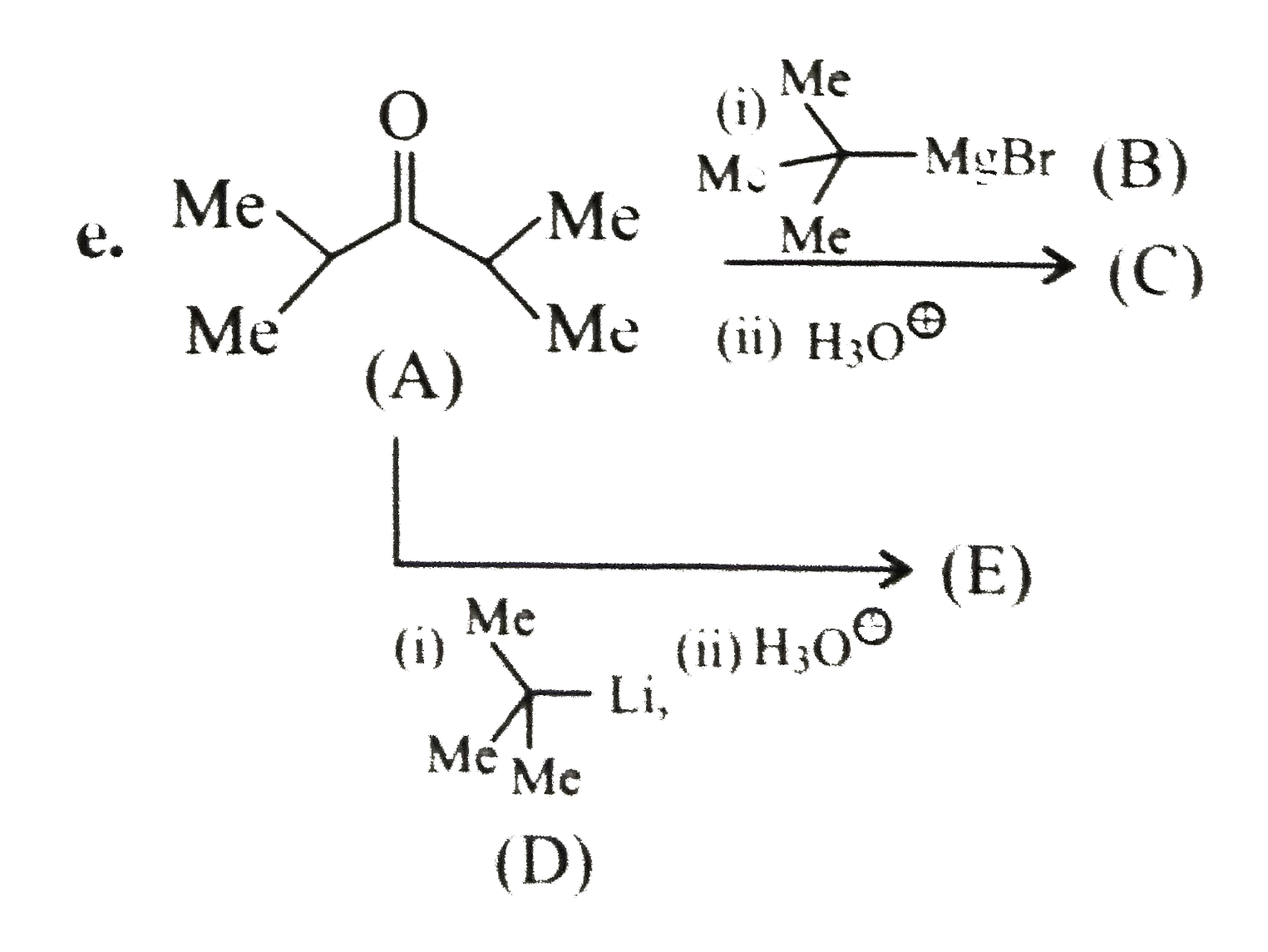
(d)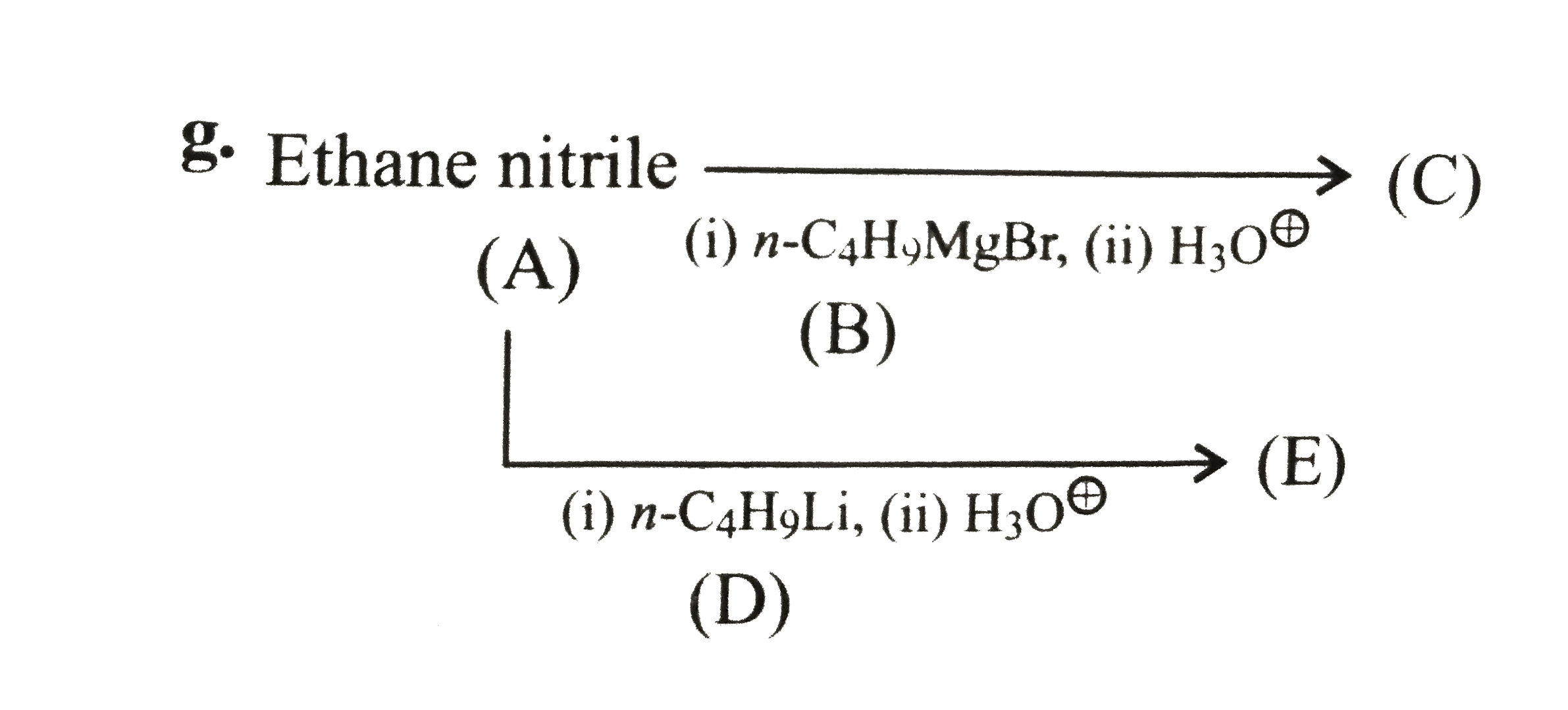
View SolutionComplete the following with appropriate reagents

View Solution
Complete the following with appropriate reagent:
View SolutionComplete the following reactions with appropriate reagents

View Solution
